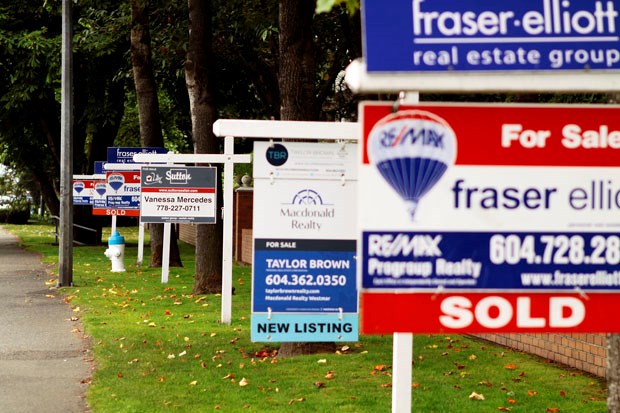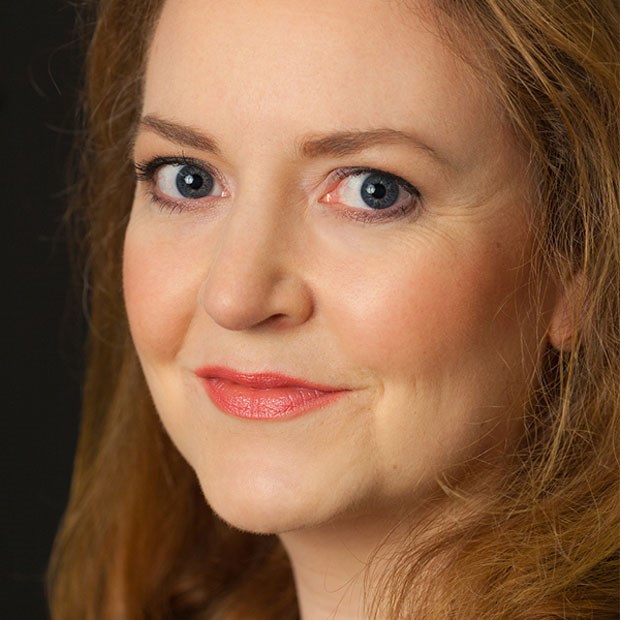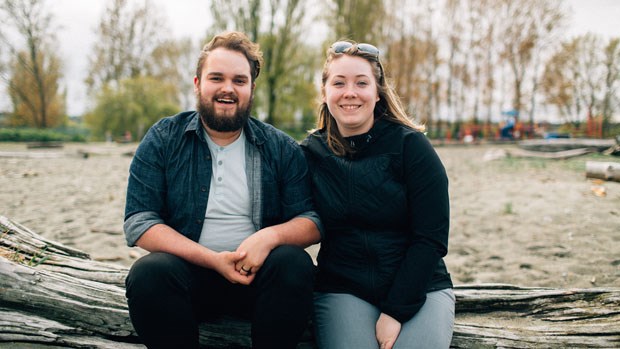Average home prices in Canada are more than double what younger Canadians can afford, according to new research that looks at the state of housing affordability in every province and the major cities within them.
Released by Generation Squeeze, the shows Canadians between the ages of 25 and 34 continue to straddle a massive gap between housing prices that remain at near-historic levels in key parts of the country and average earnings for this age group that have been relatively flat.
Data in this report show that average home prices in Canada would need to fall $223,000 – about half of the current value – for someone 25 to 34 to be able to afford an 80 per cent mortgage. Alternatively, typical full-time earnings for this age group would need to increase to $93,400 per year, which is nearly double current levels.
It now takes a typical young person 13 years to save a 20 per cent down payment on an averaged priced home in Canada, compared to the five years it took when today’s aging population started out as young adults in the 1970s.

“Despite recent nominal declines in housing prices compared to previous years, the gap between the cost of owning a home and the ability of younger Canadians to afford it is at critical levels. If housing markets are levelling out, they remain untenably high,” said Dr. Paul Kershaw, lead author of , and founder of Generation Squeeze.
Not surprisingly, the study shows the housing affordability gap for younger Canadians is most severe in Â鶹´«Ã½Ó³»and Toronto, where housing prices are four and three times, respectively, more expensive than what a typical younger buyer can afford. However, the study also shows that problems extend to places like Victoria, Kelowna and many other Canadian cities.
Jessie Morton and her husband Rhys are just one of many young couples looking for affordable housing. Jessie was born and raised in Ladner and attended Delta Secondary until Grade 10 when she moved to Surrey.
She met Rhys at their church in White Rock. They currently live in a suite in Rhys’ parents’ home. Jessie said they would love to move back to South Delta, but their options are limited at best.
“It’s been challenging to get in the market,” she said. “Because we chose to get married at a young age, one of us is always studying, so we switch off – one of us is working and one of us is in school full-time and that leaves us with only one income and one part-time income.
“We just don’t have our full income potential coming in. We have looked and if we could be paying full market rent it would be in the Fraser Valley or out of province. We are thankful that we have this opportunity with family, otherwise it would be impossible.”
If renting for the couple is currently not attainable, you can imagine that owning property is only a pipe dream.
“It definitely feels a bit daunting. It’s something we haven’t even been able to plan for because it just seems so many steps away,” she said.
Jessie said they have a few friends who are also in similar situations.
“When I think of friends our age (both are 24) who are recently graduated, the majority of them live at home or have a roommate that live in our area. It is very rare to find someone in our age living single and independently,” Jessie said. “Rhys’ parents’ home is a five-bedroom, two-storey that they bought when there were 27 years old. They are still here because it has doubled in value.
“We have a single friend who has a roommate and he is looking to purchase. He can save up for the down payment, but no matter how much he saves, he can’t afford the mortgage, so he is looking for something bigger that he can either lease out, or have a roommate in a place that he owns because he can’t afford the month-to-month.”
Jessie said governments have done a decent job with things like the homeowner’s grant and financing, but what the market needs is greater variety.
“Everything that is small like townhomes are all new. It is very hard to find these days a townhome or row home that was built before the ’90s, so that’s part of the challenge,” she said. “All of what is being built is being marketed to luxury and high-end buyers. That’s not us. We’re not looking for luxury, we’re just looking for something that is livable.”

Brian Yuswack and Nikita Pardiwala, a newly married couple in their 30s, had been looking for a townhome to buy for almost four years.
Yuswack is self-employed with his own company, while Pardiwala is a high school teacher. Even with the double income, it was hard to qualify for a mortgage.
“We always wanted to buy a home,” said Yuswack, who rents in Richmond. “We have a very unique situation, as my wife is located on Salt Spring Island and I live in a 467-square-foot, one-bedroom apartment. We knew we wanted to buy our first home together four years ago, but the market was not on our side and we were having a hard time gathering enough money for the down payment.”
After years of searching for an affordable home, the couple recently purchased a townhouse in the Seaside complex Mosaic is developing at the Tsawwassen First Nation.
“The fact that the home is located close to the ferry for my wife to go back to Salt Spring Island to see her family and I would be located close to my family as well, it was the perfect area to settle down,” said Yuswack.
Pardiwala said municipal governments have a role to play in making owning a home more affordable.
“I think it would be good to see a rule in place that a portion of any new development would have to be reserved for young couples,” she said. “Doing something like that would ensure that there would be a piece for us in the market. If we didn’t act right away on this first phase of Mosaic, it would have been gone right away.
“A lot of people our age are either looking or getting help from their parents to buy a home and then we have friends who no matter how hard they work and save it will never be enough to afford it because they don’t have the family support or their credit is poor.”
Yuswack said that by investing more into the working class it may help resolve some of the systemic issues preventing young people from getting into the market.
“How will young adults buy a home? The answer comes deeper than saving your money and feeling hope that one day you will buy a place,” he said. “The issue as to why it is so difficult comes from the need for more regulations, incentives for the motivated working class, tax breaks for small to medium sized businesses (like Alberta’s incentives for small businesses) and other such actions.”

Ryan McKinley, senior mortgage development manager for Vancity, said “the map gets pushed farther and farther out” when it comes to what’s considered affordable, adding high rents are making it increasingly difficult to save up for a down payment.
He said using the Real East Board of Greater Â鶹´«Ã½Ó³»figures of $664,200 for a condo and $779,400 for a townhouse as the “benchmark” in the region, buyers must have significant incomes to afford even a higher density unit.
Factoring in property taxes, strata fees and other expense, and using a 2.99 per cent interest rate and a 25-year amortization, he’s come up with the following scenarios: To put the least amount down (five per cent on the first $500,000, 10 per cent on the remainder) and using a high ratio insurer, a combined household income would have to be approximately $140,000 for the condo and $163,000 for the townhome.
To put 20 per cent down and avoid high ratio fees, the combined household income would have to be approximately $118,000 for the condo and $139,000 for the townhome.
“Anecdotally, what you’re seeing a lot more, out of necessity, is families are stepping up more because the boomer generation knows that their kids are never going to be able to get into the market. You see a lot more of parents helping out, even using some of the equity in their property. You also see some parents going in and co-owning property with their kids as a way to make an investment and get their foot in the door,” he added.
McKinley noted the mindset for millennials is changing where the house with a big yard and fence where they grew up has to be replaced in many cases with a condo that has park space and recreational facilities nearby.
According to Metro Vancouver, the proportion of homes in the region that are single-detached, not including those with secondary suites, decreased, while in 2016 the combined categories for apartments accounted for the largest share of dwelling type, representing 42 per cent of total occupied dwellings. As far as housing starts in the region in 2018, apartments accounted for 59 per cent of the total starts.

According to Glacier Media’s real estate editorial director Joannah Connolly, it’s still not enough.
She said although sales have slowed in recent months in Greater Vancouver, one of the big reasons has been the new mortgage stress test which makes it harder to qualify.
And while many condo units are being constructed around the Brentwood Mall area in Burnaby, the price points on those units are relatively expensive, she said.
“It’s not that cheap yet because it’s still relatively small compared to the overall demand for housing because you’re getting people from all over that are looking at those condos because it’s becoming quite an exciting neighbourhood, so you’d need that level of construction everywhere for there to be enough competition to force the developers to really drop their prices. That’s not what we’re seeing now.
“We’re seeing more incentives for new condo purchases but the developers haven’t really dropped their prices that much, and one of the reasons is land costs are so high and construction costs are so astronomical, and the development fees and permitting delays is all adding into it,” Connolly explained.
In Delta, 80 per cent of the housing stock is still comprised of single-family homes.



